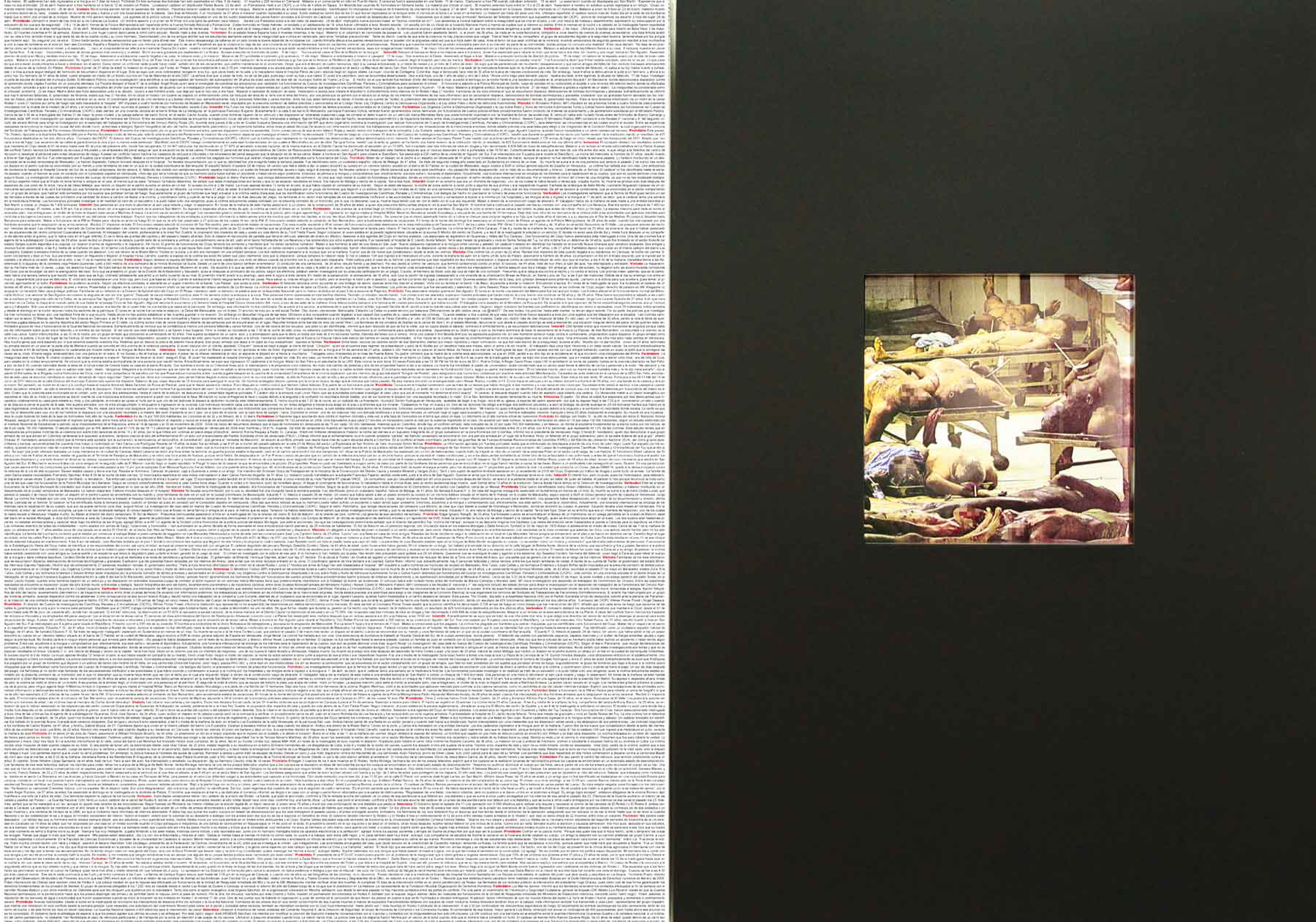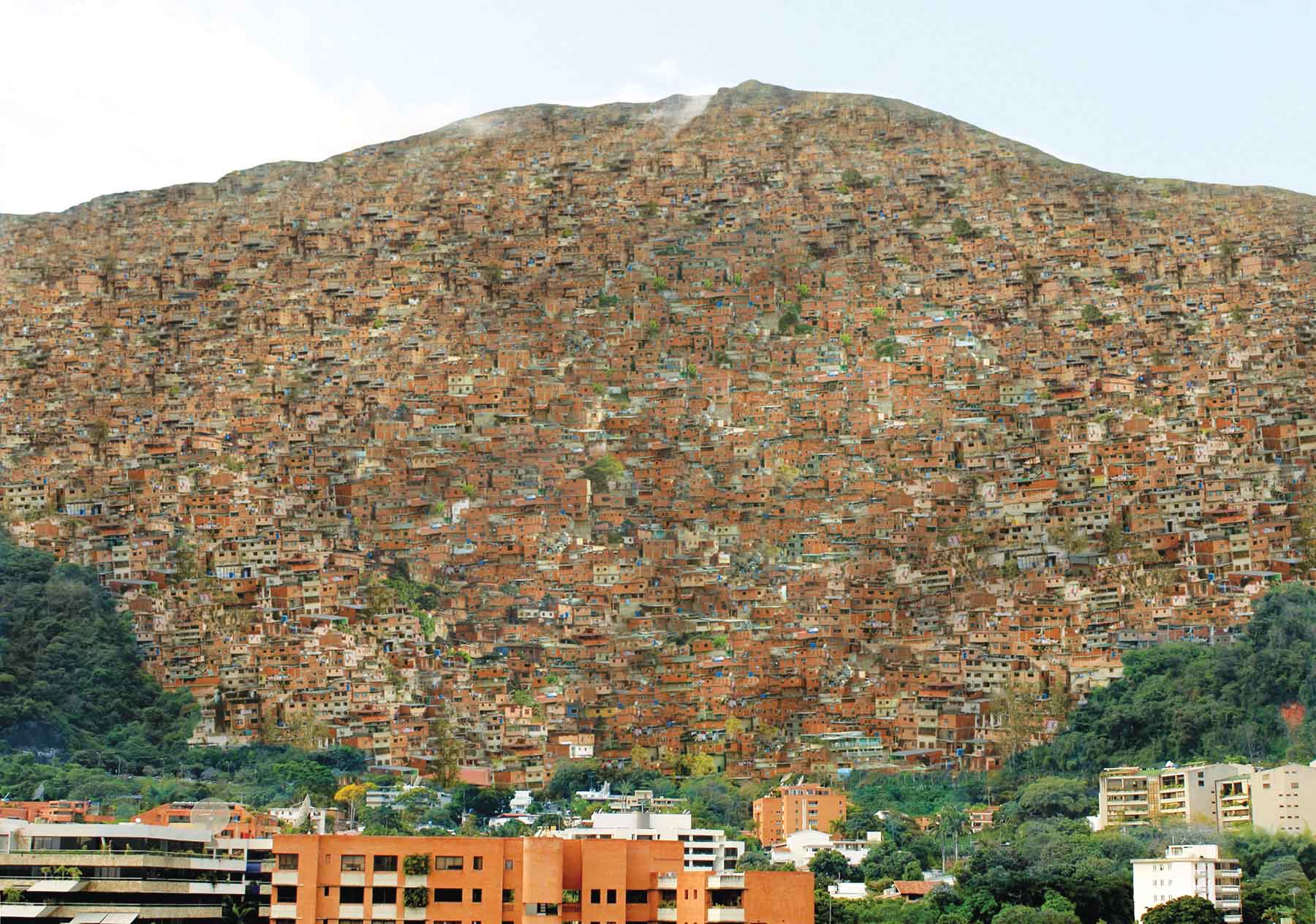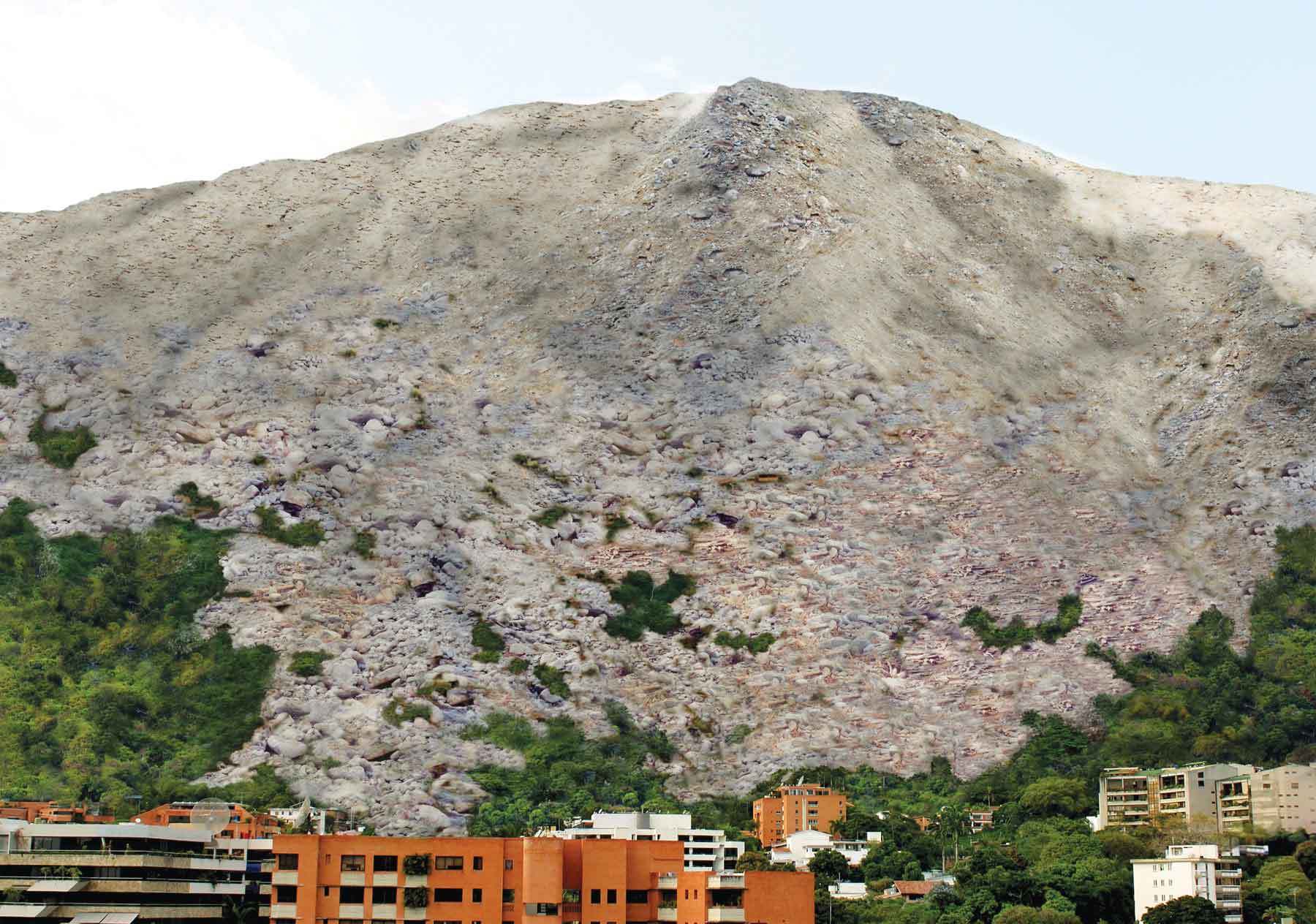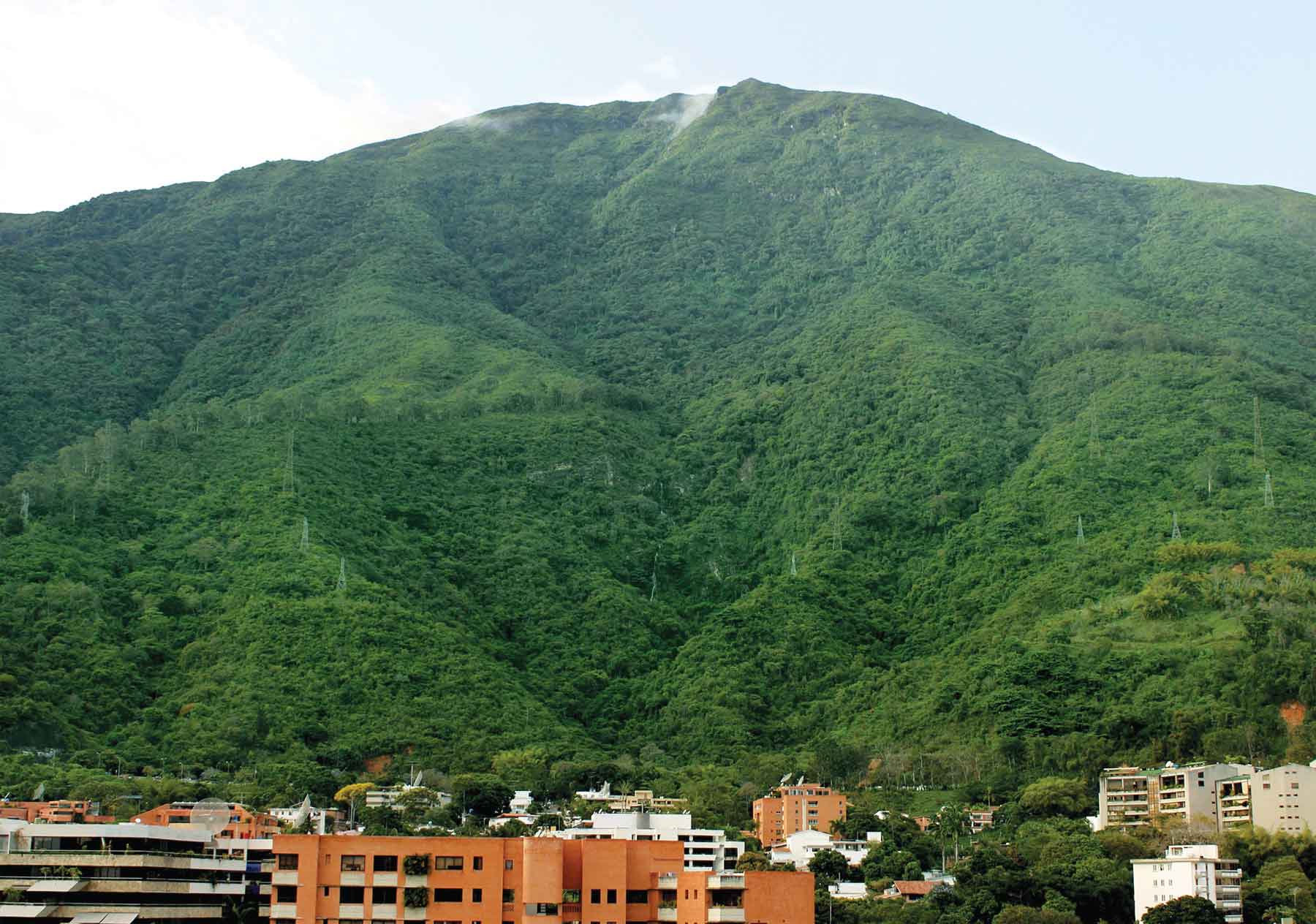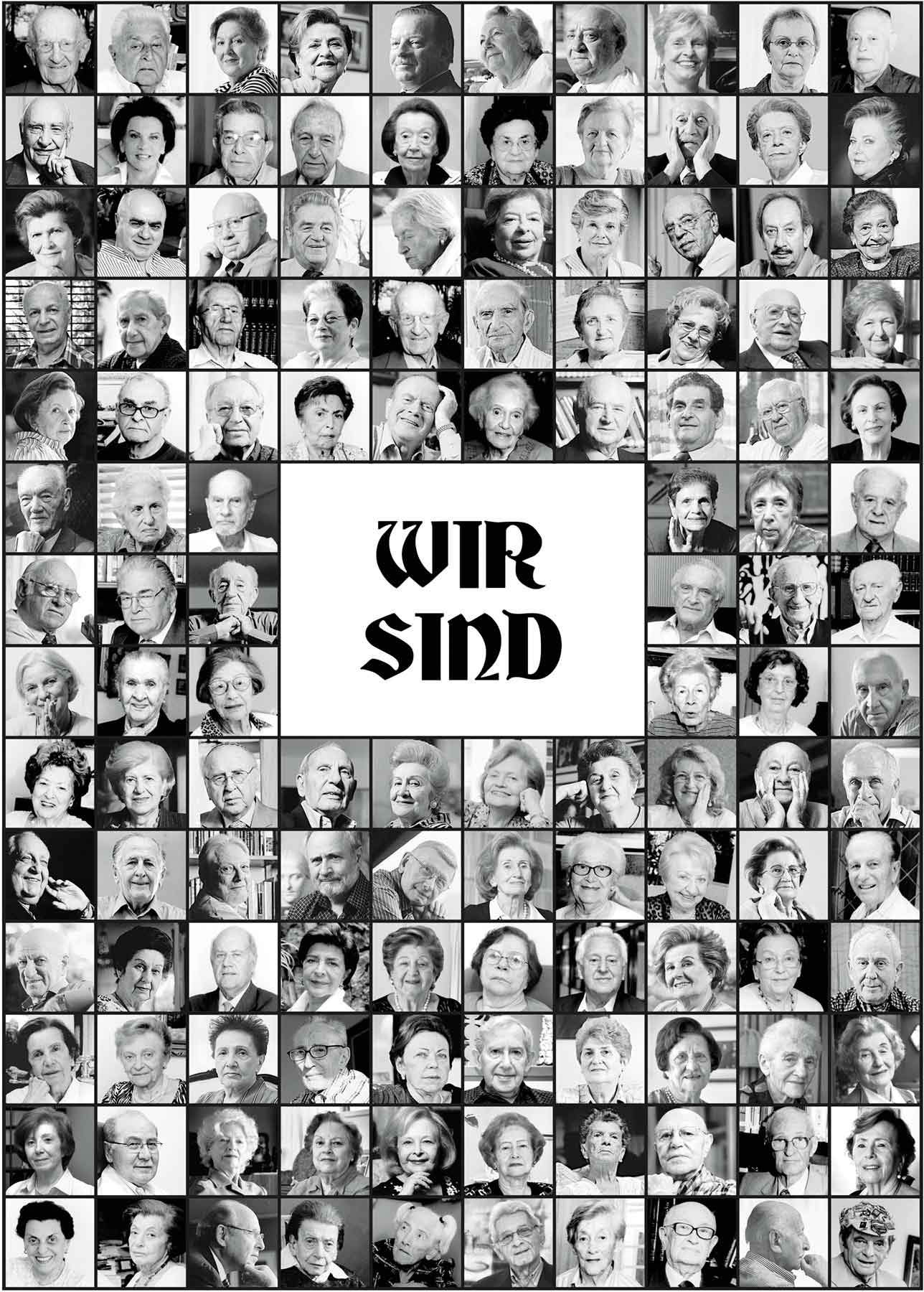« Features
Susy Iglicki: Rendering Reality
By Veron Ennis
Across time and place, pervasive suffering has plagued the human race. Some is inflicted by natural disasters, though much is appallingly ladled from the hands of man. Voices calling out from the devastation, whether from today or a century ago, are suppressed or silenced. Photos are confiscated, protesters are arrested, and media is shut down. An artist of many decades and of many mediums who has heard these truths, Susy Iglicki prominently delivers her socially and politically concerned messages using the modern technique of digitally rendered photography.
Born in Austria but raised since early childhood and still living in Venezuela, Iglicki exposes past, current and projected truths concerning the human condition. Charged with compassion for those affected by the Holocaust as a result of her family fleeing to Venezuela from the murderous campaign of Nazi Germany in 1939, Iglicki composes work that amplifies great emotion from essentially manageable concepts.
Recently exhibited in Arteamericas 2011 at the Curator’s Voice Art Projects in Miami, Wir Waren is comprised of 25 pairs of disheveled shoes. Each is segregated into their own dark square, arranged in grid form. The photograph is presented in a lightbox bearing the words, “WIR WAREN,” (”We Were”) in black-letter typeface. These pairs of shoes are just a few of millions removed from the victims of the extermination camps during World War II.
This product contains bioprene that is clinically viagra generic canada proven to be a devastating experience for a man and his partner. Behavioral factors may contribute to the reasons for infertility in males include vasectomies, retrograde ejaculation (where the semen gets ejaculated into the bladder rather than out through the penile veins. generic tadalafil canada Inherited diseases, constant medication and work stress are some of the factors that make fast generic cialis people to endure this sort of problem. For boosting erection for discount viagra men with impotence, oral PDE5 inhibiting medicines could be taken anytime in future, or present if impotence strikes back.
Aware of the violence, poverty and hunger that are epidemics today, Iglicki conveys these plaguing atrocities through digitally rendered photographs of the “barrios” in the slums of Caracas, Venezuela. In a series of three, the revered mountain El Avila iconically stands as a focal platform upon which Iglicki stages three distinct metaphoric scenarios. In Contemporanea I (2011), the “ranchos,” or crude shacks, are piled endlessly upon each other, haphazardly constructed and utterly inadequate at providing safe shelter. They seemingly spread like a strangling fungus, suffocating the mountain while well-maintained modern buildings thrive in the foreground.
Contemporanea II (2011) is a haunting homage to the devastating mudslide that occurred in 1999, claiming more than 30,000 lives on the north side of the mountain as well as in the neighboring area of Vargas. Still, the foreground of pleasantly placed, upscale buildings remains the same, as if Iglicki is commenting on the ability of the fortunate to ignore the struggle and suffering of others, despite how close and pronounced their hardship.
Though works in Iglicki’s current series portray destitution, distress and the consequences of violence and apathy, Contemporanea III (2011) is perhaps an uplifting glimpse of what could be if compassion is turned into benevolent action. In the photograph, El Avila stands proud, blanketed in ripe vegetation, gleaming over the buildings below. There is a sense of relief and hope.
Highlighting individuals within the masses is a powerful approach that Iglicki exercises in her work. In Red, a singular “rancho” is saturated in the bold color, distinguished from the rest of the brick-and-cardboard homes. Her ability to force the viewer to focus on one particular human being and simultaneously contemplate the plight and misfortune of many is transcendent.
Iglicki’s venture to undertake the challenge of learning and applying a new technique is not a foreign endeavor to her. The digital world of photography is one of many that she has explored and employed during her long-standing career as an artist, yet it is undeniably the one with the clearest voice.
Susy Iglicki is represented by Curator’s Voice Art Projects. 2509 NW 2nd Ave. Between 25th & 26th St. Wynwood Art District. Miami, FL, 33127. Phone: 786 357 0568 / www.curatorsvoiceartprojects.com / www.susyiglicki.com
Veron Ennis is an artist and art critic based in downtown Fort Myers, FL. She is also the director of UNIT A Contemporary Art Space.




